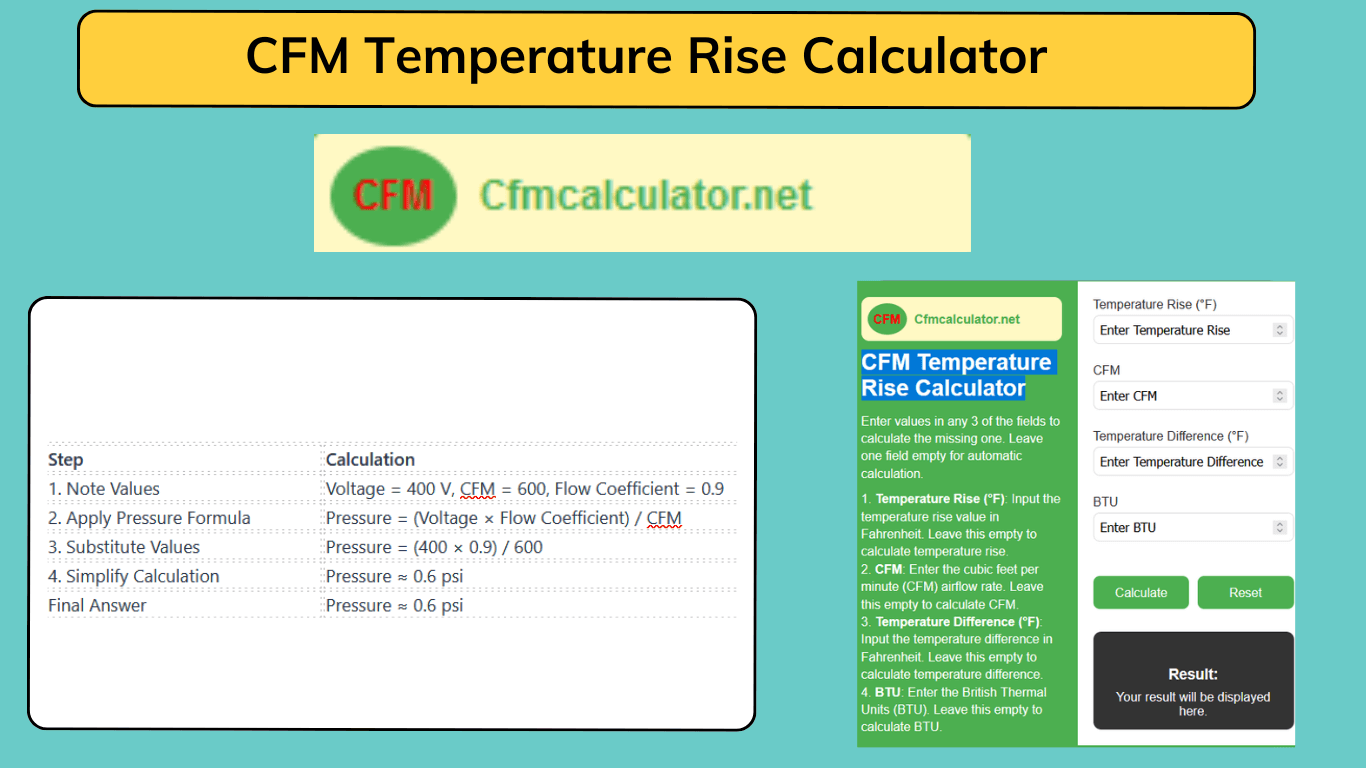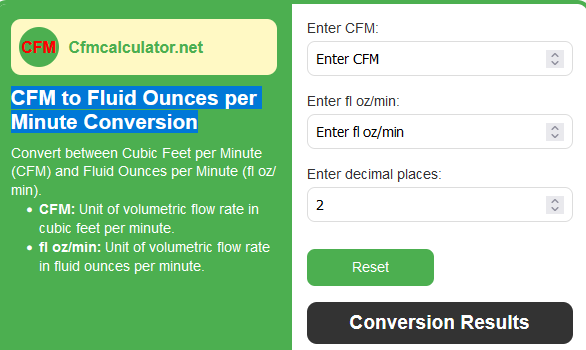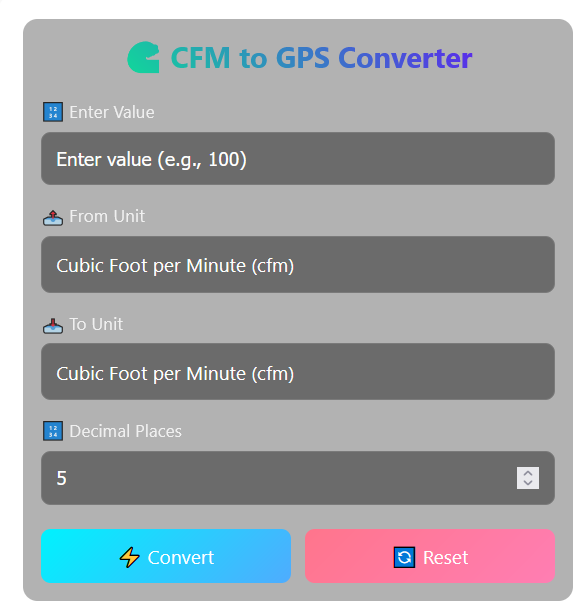CFM Temperature Rise Calculator
To find the CFM temperature rise using our calculator, just fill in the input fields and you’ll see your result displayed below.
CFM Temperature Rise Calculator
Contents
Why Do We Need to Calculate Temperature Rise?
When designing a cooling system for a large data center with high-tech servers that generate a lot of heat, your HVAC system needs to maintain proper temperatures. To ensure it works effectively, you need to know how much the temperature increases for each cubic foot of air pushed into the room.
Calculation
For example, you have a cooling system with the following details:
-
CFM (Cubic Feet per Minute): 1000 CFM
-
Temperature Difference: 20°F (the difference between the incoming and outgoing air)
-
BTU: 3400 BTU (the amount of heat being removed from the space)
- Formula to Calculate Temperature Rise
Use the formula:
Temperature Rise (°F) = (CFM × 1.08 × Temperature Difference) ÷ BTU
- Plug in the Numbers
Temperature Rise = (1000 × 1.08 × 20) ÷ 3400
- Solve the Equation
Temperature Rise = 21.18 °F
Result
The temperature rise is 21.18°F, it mean that the air will heat up by this amount as it passes through the cooling system.
Key Info
| Component | What It Means |
|---|---|
| CFM | Volume of air moved per minute |
| Temperature Difference | Change in air temperature before and after cooling/heating |
| BTU (British Thermal Unit) | Amount of heat energy being added or removed |
| Ideal Use | HVAC cooling design, server room planning, industrial ventilation setups |
| Main Purpose | Shows how much air heats up while moving through a system |
| Key Benefit | Helps size your HVAC system correctly for proper temperature control |
FAQs
1. What does this calculator measure?
It measures how much the air temperature rises as it flows through your HVAC system.
2. Why is knowing the temperature rise important?
It helps make sure your cooling or heating system can handle the heat load without overheating.
3. What inputs do I need?
You need the CFM, the temperature difference, and the BTU value.
4. Is it useful for server rooms?
Absolutely. It’s ideal for spaces with heat-sensitive equipment like servers or electronics.




